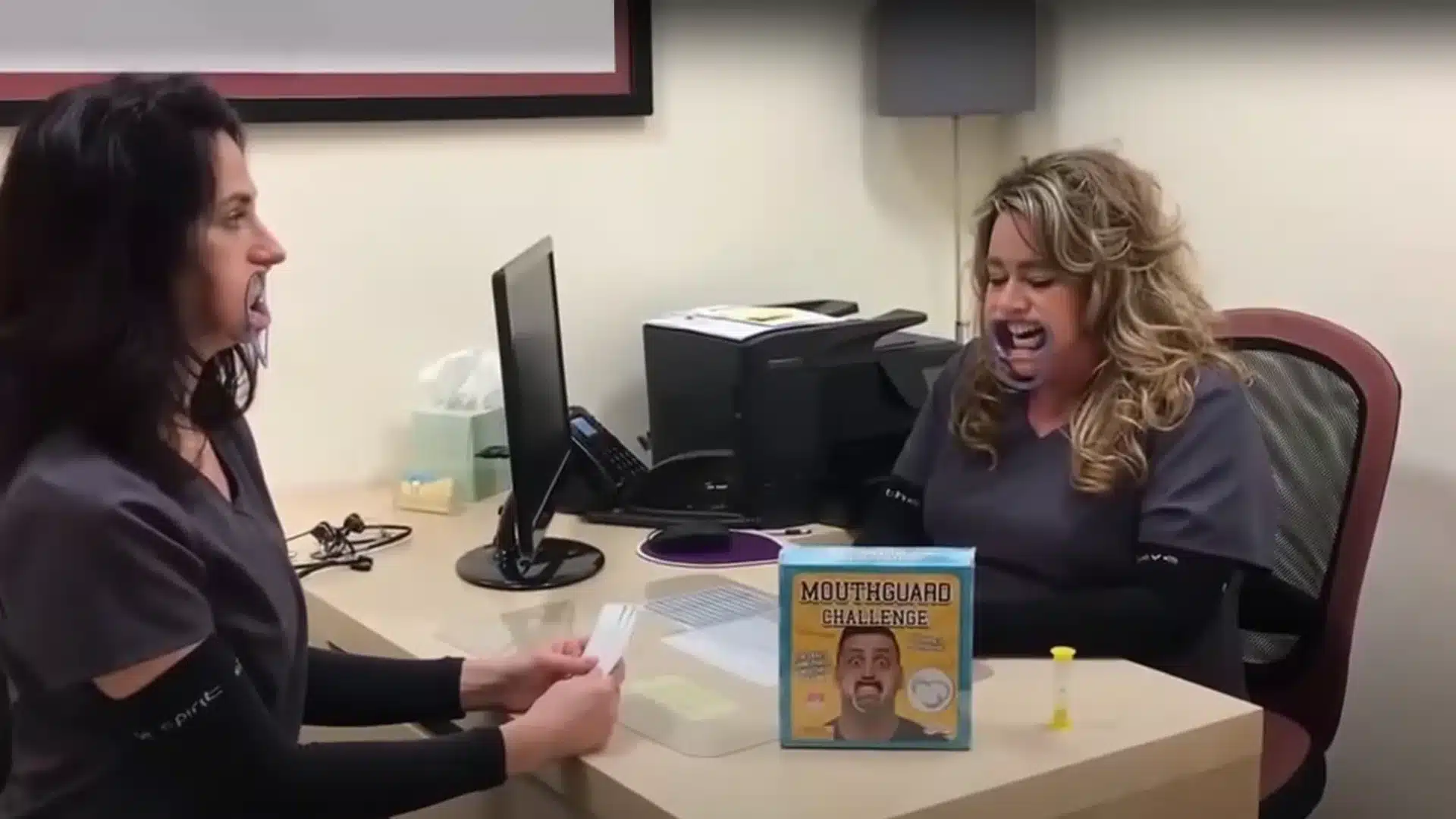One of the most common mistakes that people make is visiting their dentist ONLY when they already have a toothache. Usually, initial stages of tooth decay can be reversed by practicing good oral hygiene, but when caries has progressed to the deeper layers of your tooth, causing pain and sensitivity, the symptoms cannot be reversed with the use of fluoridated toothpastes alone.
When tooth decay has progressed into the deeper layers of your teeth and has formed a cavity, there is no other choice but to get a dental filling.
Before a tooth filling is placed, the “decayed” part of the tooth must be removed. The mouth may contain 500 to 1,000 different types of bacteria as part of the human oral flora. Bacteria in the mouth convert glucose, fructose, and most commonly sucrose (table sugar) into acids such as lactic acid through a glycolytic process called fermentation. If left in contact with the tooth, these acids may cause demineralization (which can cause sensitive teeth), which is the dissolution of its mineral content. This dissolution of mineral content is referred to as dental “decay.”
To repair this decay, the affected tooth structure is removed to stop the progression of the decay. After removing of all infected tooth material, the area is filled in with an appropriate dental filling material such as amalgam (which is an alloy of mercury, silver, copper, tin and zinc), a composite (tooth-colored resin), gold, or porcelain. Fillings help prevent further progression of decay by sealing the tooth cavity and avoiding further ingress of bacteria.
After a tooth filling is placed, sensitivity and pain may be felt for days or weeks after the procedure. Cold, heat, air and sweets can all trigger pain. Any form of drilling or removal of a portion of your tooth may cause some form of sensitivity. This is because it has irritated the nerves of your teeth and caused inflammation in the pulp of the tooth.
Although small fillings may also sometimes cause sensitivity, moderate to deep cavities which are closer to the nerve are more prone to sensitivity for a time.
Replacing old fillings where a new decay had formed underneath may also cause sensitive teeth. This is because drilling or removal of the decayed part may be deeper than what you have experienced in the past. Fillings that are placed on the front, back, sides and near the gum line of the teeth may be more prone to sensitivity because the enamel (outer surface of our teeth) are thinner on these areas compared to our biting surfaces. People who also have a habit of grinding or clenching their teeth are often more sensitive.
There is nothing to worry about as long as the pain gets better week after week.
If this is the case, it is a good sign that things are doing well and pain will subside eventually. If the sensitive tooth neither gets better or worse, you may just need to have your fillings adjusted or polished because commonly, the bite may just be a little bit high. This can happen because sometimes, if anesthesia has been administered, people always do not get their normal bite until numbness wears off. Once your filling has been adjusted, sensitivity may go away more quickly.
If you think that the pain still persists and feels worse than before, contact your dentist!
Your tooth might either need to be refilled with a different tooth filling material or replace the permanent filling with a soothing temporary restoration first. If nothing else can settle your pain, a root canal treatment may be needed to be done.





